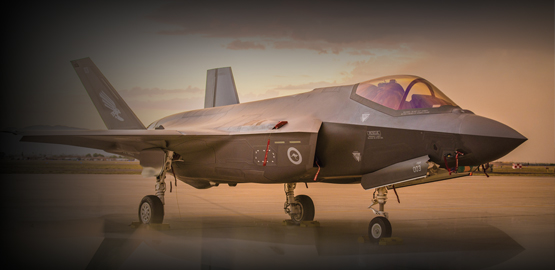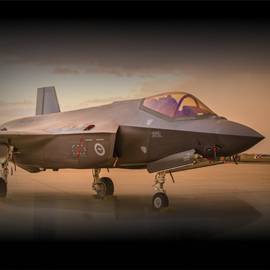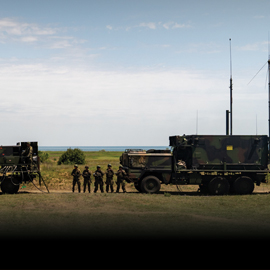Publications
"Nobody does defense policy better than CSBA. Their work on strategic and budgetary topics manages to combine first-rate quality and in-depth research with timeliness and accessibility—which is why so many professionals consider their products indispensable." – Gideon Rose, Editor of Foreign Affairs, 2010-2021
Slow and Steady: Analysis of the 2022 Defense Budget Request
In May 2021, the Pentagon presented its first budget request to the Biden Administration, proposing a $715 billion topline for Fiscal Year 2022, representing a 0.2 percent real decrease relative to the previous fiscal year. In a shift from previous budgets, the request also included contingency operations costs within DoD's base budget, eliminating the separate Other Contingency Operations (OCO) account that has supplemented the Defense Department's budget for two decades.
Testimony Before the House Appropriations Committee Defense Subcommittee Hearing on Future Defense Spending
On February 24, 2021, CSBA President and CEO Dr. Thomas G. Mahnken testified before the House Appropriations Committee Defense Subcommittee. Dr. Mahnken was invited to appear before the Committee to discuss future defense spending priorities, along with the long-term implications of current budget debates.
America’s Strategic Choices: Defense Spending in a Post-COVID-19 World
This report summarizes the findings of two Strategic Choices Exercises hosted by The Ronald Reagan Institute and CSBA in October 2020, convening a bipartisan group of senior defense and budget experts, current and former policy makers, and industry leaders. The initiative was supported by the National Defense Industrial Association.
Did Dollars Follow Strategy? A Review of the FY 2020 Defense Budget
On 1 October, the U.S. federal government ushers in its Fiscal Year (FY) 2020. If policymakers approve the $738 billion national defense budget – the amount agreed to by the White House and Congressional leaders in a July 2019 agreement – military spending will have increased in real terms for the fifth consecutive year.
The European Deterrence Initiative
It is far from smooth sailing for the European Deterrence Initiative (EDI) as it confronts risks to the way in which it is funded. This brief seeks to explain why the EDI was started, what it funds, and the budgetary challenges it faces to its implementation and sustainment.
Analysis of the FY 2018 Defense Budget and Trends in Defense Spending
President Trump’s FY 2018 defense budget promises a “historic” defense buildup. At $603 billion in the base national defense budget, some $54 billion over the Budget Control Act caps, it grows the size of military slightly and boosts RDT&E efforts, but doesn’t move the needle on procurement. Does the FY 2018 budget request build the military the U.S. needs? Will Congress succeed in funding more for defense?



























